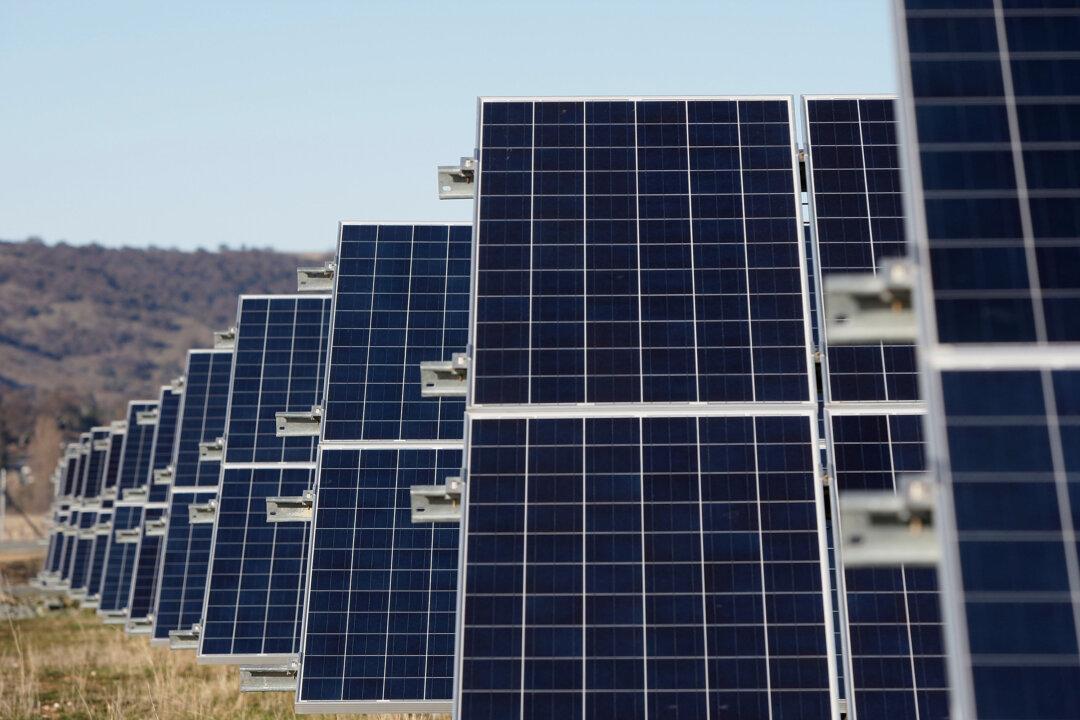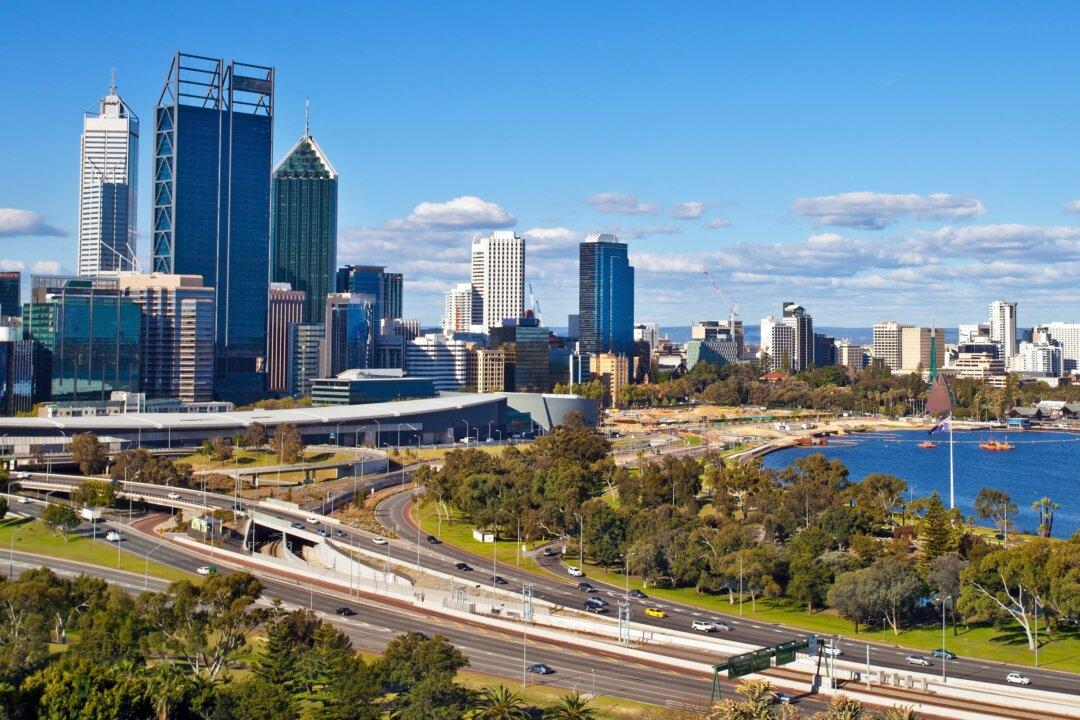Drastically lowered solar costs will be a new priority under the Australian government’s plan to reach net zero emissions by 2050.
The federal government has underpinned Australia’s path to net zero via its Technology Investment Roadmap, which will now feature low cost solar amongst carbon capture and storage (CCS), soil carbon, hydrogen, energy storage, and low emissions steel and aluminium.





